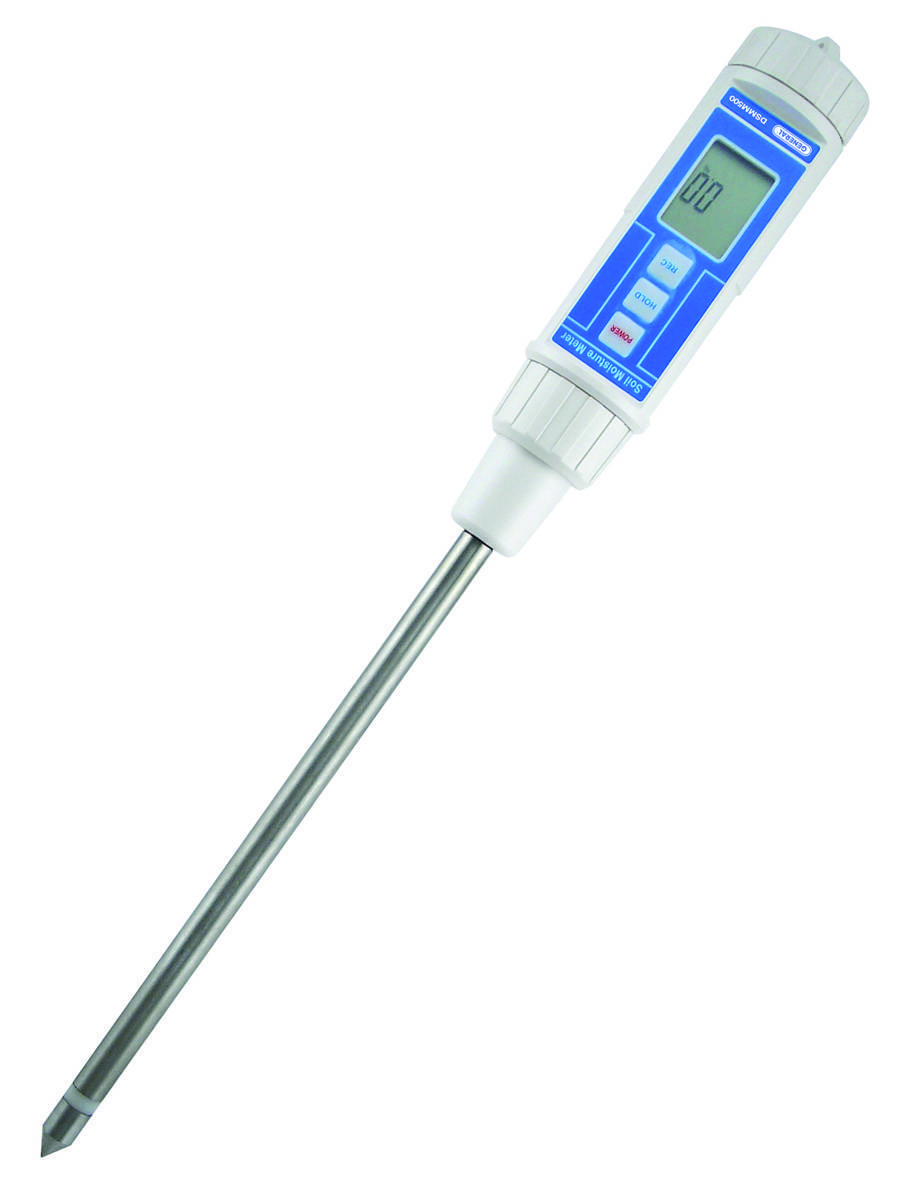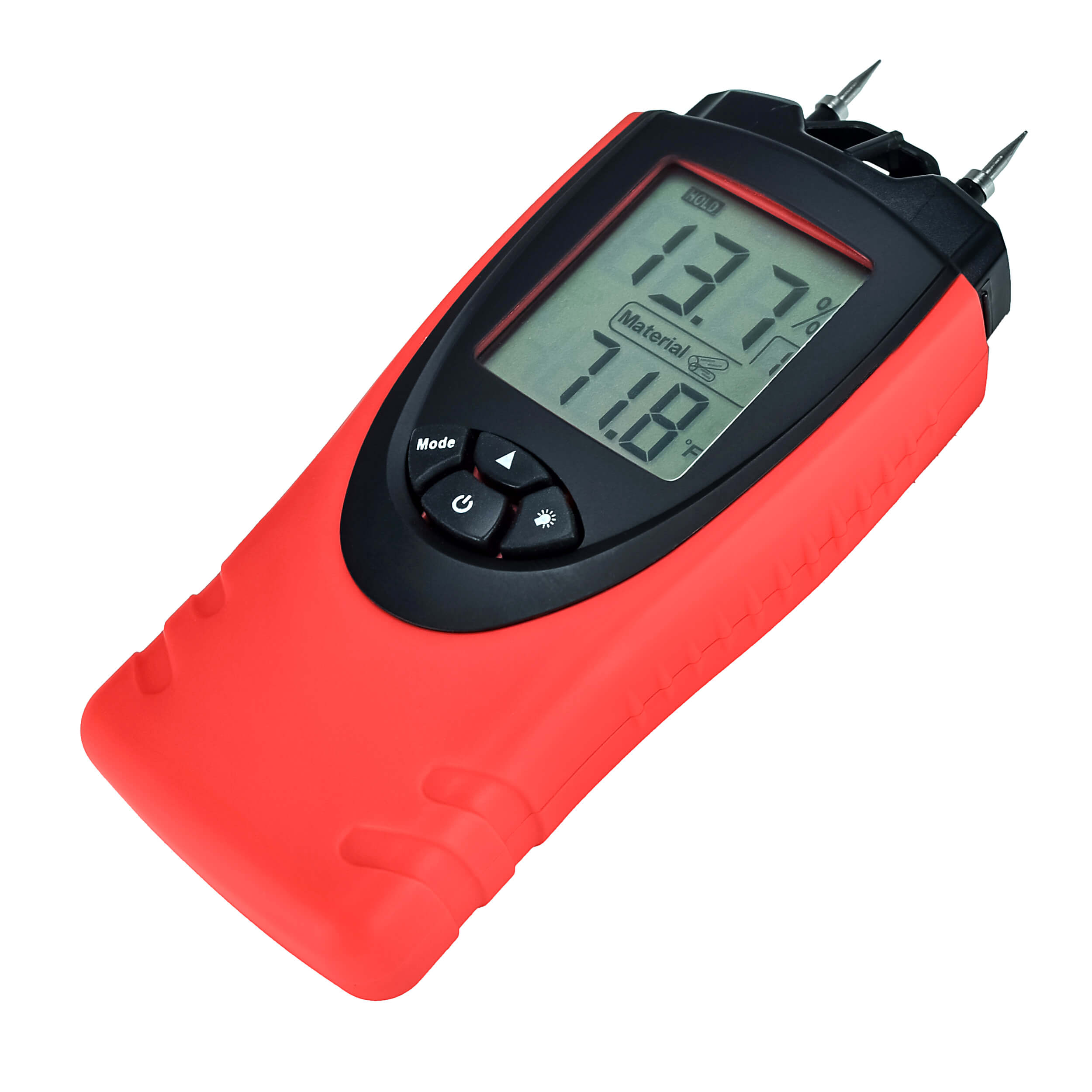Recognizing the Different Types of Moisture Meters and Their Applications
Recognizing the Different Types of Moisture Meters and Their Applications
Blog Article
Understanding the Importance of a Moisture Meter in Preventing Mold and Water Damages in your house
In the world of home maintenance, the visibility of moisture can commonly be a silent yet formidable foe, qualified of triggering pervasive mold and mildew development and perilous water damages if left uncontrolled. Comprehending the importance of a moisture meter in this battle is not merely an option however a tactical need.
Value of Moisture Discovery
Effective moisture discovery methods are essential for protecting residential or commercial properties and preventing prospective mold and mildew growth and water damage. Dampness can seep right into various structure materials, bring about structural concerns and health dangers. By using a moisture meter, residential property proprietors can proactively determine locations susceptible to excess dampness, enabling for timely intervention and mitigation approaches.
Moisture meters give exact readings of wetness degrees in various products such as drywall, concrete, and timber. This data helps in identifying areas of concern, even in concealed or hard-to-reach locations. Early detection of moisture buildup enables punctual repairs or changes to stop more damage.

Just How Moisture Meters Job
Dampness meters play a critical function in the proactive recognition of excess moisture, aiding in the avoidance of possible mold development and water damages by offering exact readings of wetness degrees in numerous structure products. These gadgets work based on different principles, depending on their type. Moisture Meter. Pin-type dampness meters, for example, have 2 pins that penetrate the product to measure the electric resistance between them. When moisture is present, it enhances the product's conductivity, causing a reduced resistance reading. Pinless moisture meters, on the other hand, usage electro-magnetic sensors to scan the product without causing damage. These sensors give off electro-magnetic signals that permeate the product and measure the dielectric residential properties, suggesting wetness content. Some advanced dampness meters pin both integrate and pinless technologies for extensive dampness detection. Recognizing just how moisture meters feature is vital for prompt and exact moisture degree assessments, allowing efficient preventive steps versus mold and mildew and water damages.
Finding Early Caution Indicators
Upon initial examination of a home, identifying subtle indications of excess moisture becomes important in the very early discovery of prospective mold and mildew development and water damages. Water spots can indicate leakages or seepage, while peeling off paint or wallpaper might be an outcome of wetness compromising the attachment of these products to the surface area. Furthermore, a boost in allergy symptoms or respiratory system concerns among occupants might suggest the existence of mold due to excess moisture.
Avoiding Mold Development
Identifying very early caution signs of excess wetness within a building not just allows timely detection of prospective mold growth and water damages however additionally works as a positive procedure in protecting against the spreading of mold. To effectively protect against mold and mildew development, it is essential to attend to any kind of sources of wetness promptly. This can consist of dealing with leakages in pipes, home windows, or roofing systems, ensuring proper air flow in wet locations like kitchen you can look here areas and washrooms, and using dehumidifiers in high-humidity spaces. Routinely inspecting and maintaining the home's plumbing, roof, and seamless gutters can additionally aid in preventing water breach that could bring about mold and mildew development.
Along with attending to moisture sources, maintaining interior humidity levels below 60% can significantly inhibit mold development. Correct air flow, adequate insulation, and utilizing ac unit or followers can assist regulate indoor humidity degrees. Checking wetness degrees in locations susceptible to wetness, such as cellars and crawl spaces, using a moisture meter can also assist in early discovery of elevated moisture levels and prospective mold development. By taking aggressive procedures to protect against excess dampness and mold and mildew development, try this site home owners can protect their building and interior air quality.
Advantages of Regular Surveillance
Regular tracking of moisture levels in a property can play a critical role in preserving a healthy and balanced interior environment and avoiding prospective mold and mildew and water damage. By on a regular basis examining moisture levels, property owners can identify any issues quickly and take needed actions to protect against mold and mildew development and water damage.
Moreover, regular tracking enables home owners to track patterns and fads in dampness degrees with time. By establishing a standard and surveillance adjustments, people can recognize any kind of locations of concern or potential vulnerabilities in the building's framework. This data-driven strategy allows targeted treatments and maintenance initiatives to attend to underlying problems before they rise into more considerable problems. Inevitably, the consistent monitoring of wetness degrees empowers house owners to shield their property, guard their health and wellness, and preserve the over at this website honesty of their interior atmosphere.

Verdict

By using a dampness meter, property owners can proactively determine locations vulnerable to excess dampness, permitting for timely treatment and reduction methods.

Monitoring moisture levels in locations vulnerable to wetness, such as cellars and crawl areas, using a moisture meter can also aid in very early detection of elevated wetness levels and potential mold and mildew development. (Moisture Meter)
Report this page